#collage technique
Explore tagged Tumblr posts
Text

Sexypink - (detail) Kathie St. Hilaire - collage

Sexypink - Caco- Benoit Batraville (2023) Oil based relief on canvas, collage with skin lightening cream, steel, aluminum, bank notes, banana stickers, silkscreen and tires - 55’’ x 63.5”

Sexypink - Kathie St. Hilaire (detail)

Sexypink - Mamita Yunai (2023) Oil based relief on canvas, collage with skin lightening cream, steel, aluminum, bank notes, prices tags, banana stickers, silkscreen and tires.
71” x 66”
Haitian American Artist Kathie St. Hilaire - more here -:leaflet.perrotin.com

Sexypink - Kathia St. Hilaire - Kanekalon - (2018) Oil based relief collage on canvas with kanekalon braided hair
#sexypink/ Haitian American Artist#sexypink/ Kathie St. Hilaire#sexypink/collage techniques#tumblr/haitian american artist#tumblr/kathie st.hilaire#collage technique
0 notes
Text

©Philomena Famulok
.
#philomena famulok#personal#photographers on tumblr#original photographers#artists on tumblr#my photography#laser prints/copy paper#scanner#photo collage#mixed techniques#2024
2K notes
·
View notes
Text

cosmic island
#artists on tumblr#space art#space#collage art#scifi art#spacecore#space aesthetic#surrealism#scifi#retro futurism#trying out a new technique
742 notes
·
View notes
Text
How Hardworking Students Should Rest: A Guide to Staying Productive and Balanced:🎀
As students, we often find ourselves buried under a mountain of assignments, exams, and extracurricular activities. While it’s important to work hard and stay dedicated, it’s equally important to give your mind and body the rest they deserve. In this blog post, we’ll explore why rest is crucial and how to balance work and relaxation effectively.
Why is Rest Important?
Rest isn’t just about sleeping or being lazy; it’s an essential part of maintaining mental and physical well-being. Continuous study sessions without breaks can lead to burnout, stress, and decreased productivity. Taking regular breaks helps to:
• Refresh your mind: Breaks improve focus and retention of information.
• Boost creativity: Rest allows your brain to form new ideas and solutions.
• Reduce stress: Taking time off helps in managing anxiety and maintaining a healthy work-life balance.
How Often Should You Rest?
The key to effective studying is incorporating regular breaks into your schedule. Here’s a general guideline on how often to rest:
1.The Pomodoro Technique: Study for 25 minutes and then take a 5-minute break. After four cycles, take a longer break of 15-30 minutes.
2.Hourly Breaks: If you prefer longer study sessions, try studying for 50 minutes and then taking a 10-minute break.
3.Daily Rest: Make sure you have time each day to unwind and do something you enjoy—whether it’s exercising, reading, or spending time with friends.
4.Weekly Rest: Dedicate at least one day a week where you limit your study time and focus on relaxing and recharging.
Thank you!

#education#studyblr#studying#college life#study blog#studyspo#study motivation#study notes#study tips#student life#today i learned#learnsomethingneweveryday#learning#study movitation#get motivated#motivation#mental health tips#tips#important#collage#pomodoro technique#study aesthetic#SoundCloud#girlblogging#aesthetic#dark academia#student#learnlanguages
57 notes
·
View notes
Text

"Les corbeaux - ou: L'état du monde" (serie 264)
© Claude Vergoz, 2024- Leave captions and credits, no re-blogs to NSFW/18+
#landscape#collage#superposition#techniques mixtes#imiging member#original photographers#photographers on tumblr#artists on tumblr
52 notes
·
View notes
Text





"Seven Swans"
#collage#found poetry#sufjan stevens#it's not fanart or meant to be About The Song#but may as well tag.#this piece is FAR too visually busy for me but it's the first one i figured out a good burning technique
38 notes
·
View notes
Text







Chrome Angel Daze (A book of cut-ups I just started working on....)
#collage#handmade collage#chaos magick#magick#analog collage#collage art#art#collage artist#witchcraft#abstract art#cut up poetry#cut ups#cut up technique#burroughs gysin
35 notes
·
View notes
Text

skool project
#relatively proud of this!!!!! got to try out some new techniques#artists on tumblr#art from the cabin#reblogs >>> likes#reblogs appreciated#watercolors#colored pencil#traditional art#mixed media#collage
13 notes
·
View notes
Text
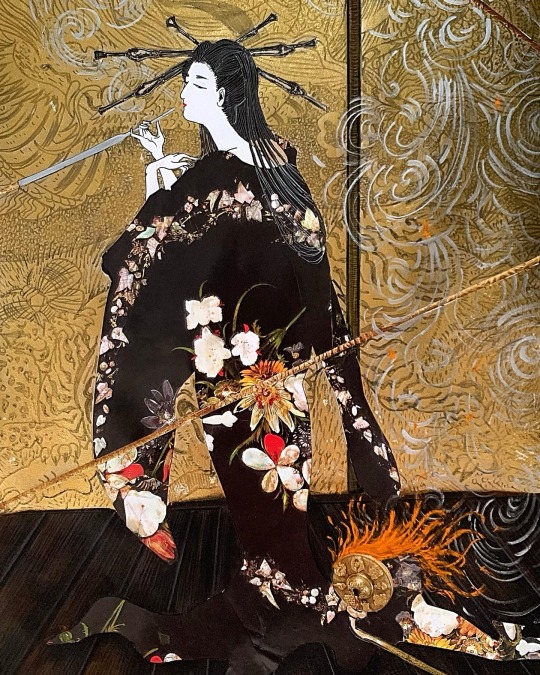
Smoking geisha from a pipe ablaze.
#art#my art#traditional illustration#mixed media#mixed technique#original art#fantasy#collage#furisode#gold
43 notes
·
View notes
Text

#experimental animation#animation#artists on tumblr#gif#animated gif#art#loop#stop motion animation#stop motion#animated film#animation test#animation techniques#hands#collage art#collage#memories escaping
9 notes
·
View notes
Text
Junk Journaling: Finding ephemera to use
Since we just talked about how to make a junk journal last post, now let’s talk about what you will use to fill it up and make it pretty. Junk journaling is like going on a treasure hunt where every little piece you find can tell a story. You can use almost anything to create your journal. First off, you might want to start with the basics, like old book pages. These can be from old novels,…
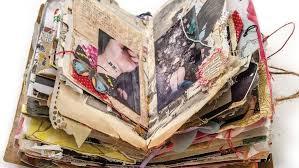
View On WordPress
#buttons and beads#coffee-stained papers#collage art#creative journaling#DIY journals#DIY postcards#ephemera collection#fabric scraps#handmade stickers#journal crafting#journaling#journals#junk journal#junk journal ideas#junk journal supplies#junk journal techniques#junk journals#magazine cutouts#making ephemera#personalized journals#scrapbooking#ticket stubs#vintage book pages#vintage ephemera#washi tape
14 notes
·
View notes
Text

Kurt Schwitters, Picture of Spatial Growth - Picture with two small dogs, 1920-39 (Oil paint, wood, paper, cardboard and china on board)
This is a type of mixed-media work known as 'Merz', a term Schwitters coined in 1919 to describe 'the combination for artistic purposes of all conceivable materials'. According to this principle, found objects contain the same aesthetic potential as tubes of paint. Schwitters started this assemblage of discarded rubbish and printed papers in Germany in 1920. Seventeen years later he brought it with him to Norway, having escaped from Nazi Germany. There he added Norwegian material: theatre tickets, recipts, newspaper cuttings, scraps of lace, and a box with two china dogs. The different layers of collage reflect the artist's journey into exile.
Focus on collage: combining everyday objects and materials became a new technique for twentieth-century artists.
More than a century ago, artists began to use cut-up newspapers and pieces of wallpaper in their compositions. This technique brought recognisable pieces of everyday life into artworks.
Artists such Man Ray and Joan Mirò expanded this technique into three dimensions. They were attracted by the potential of combining discarded objects to create new forms. Their work draws on the surrealist idea that unexpected combinations can have an unsettling power. This often relates to violence or sexuality but is sometimes humorous too.
Subsequent generations of artists have brought images and objects together in new ways. Some continue to use this approach to create moments of poetic surprise. For others, collage is a way to analyse the images in advertising and mass media that surround us.
#art#collage#kurt schwitters#mood#waste#creativity#tate modern#everydaymaterials#everyday#objects#technique#newspap#artwork#man ray#joan mirò#surrealist#surrealism#studioriver#sustainability
3 notes
·
View notes
Text

©Philomena Famulok
.
#philomena famulok#personal#photographers on tumblr#original photographers#artists on tumblr#my photography#laser prints/copy paper#scanner#photo collage#mixed techniques#my eye
703 notes
·
View notes
Text
i do not understand composition are any of these anything
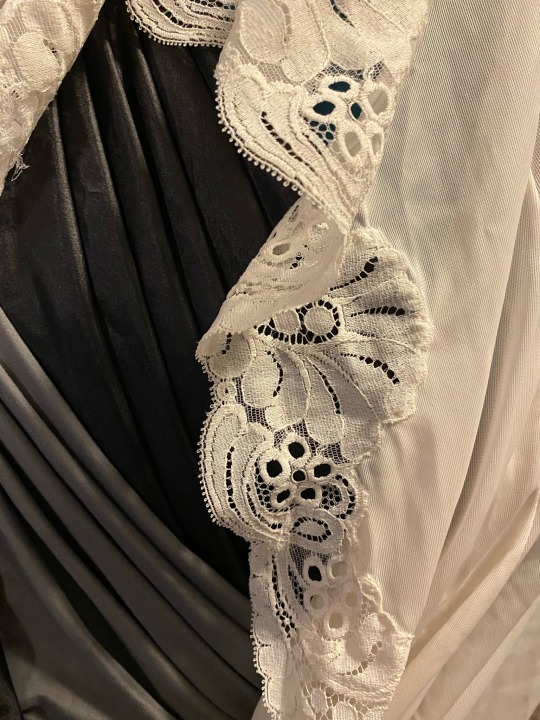
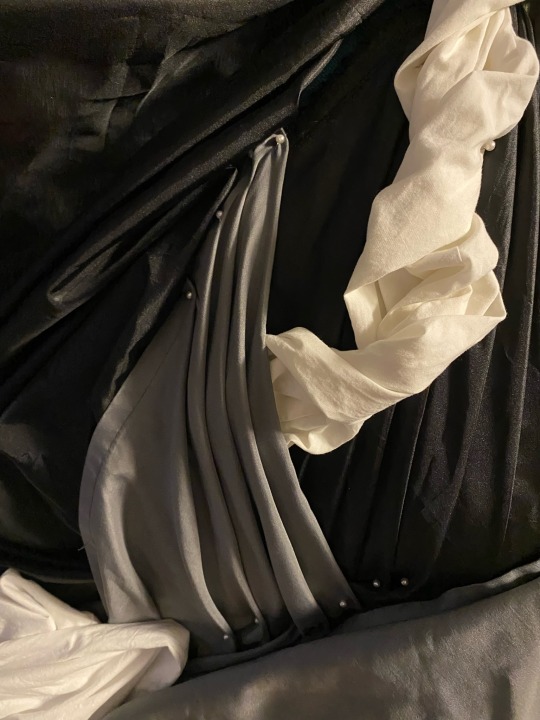
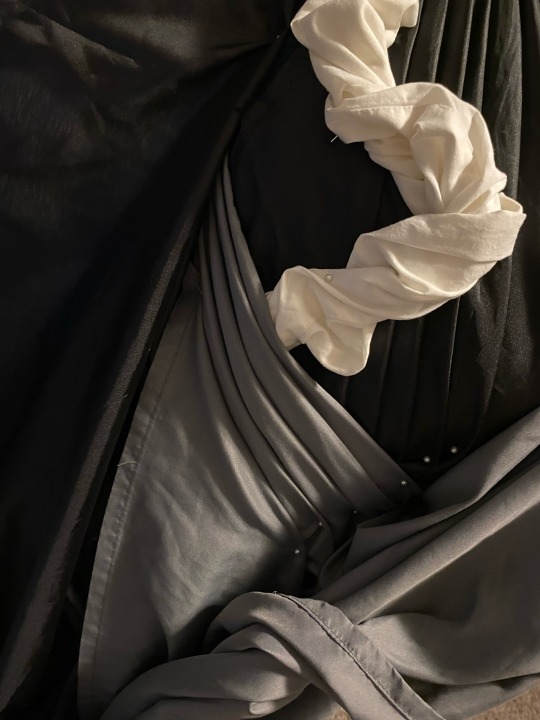
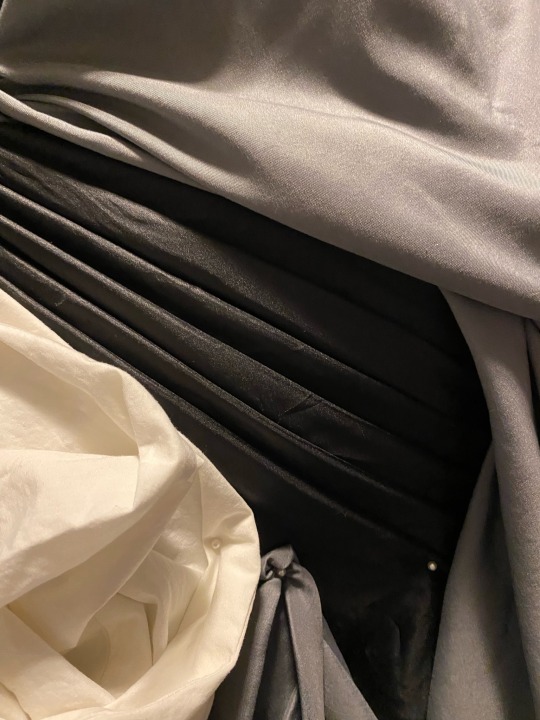
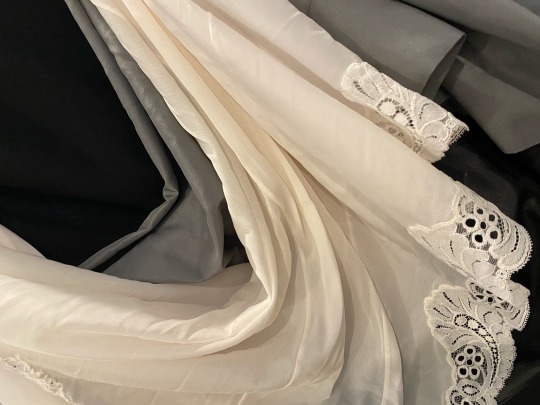
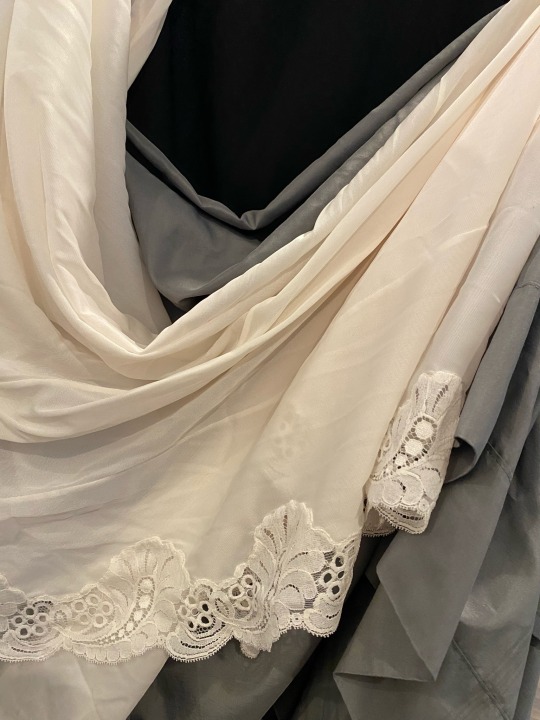
#im fucking Struggling#we did these collages and like i KINDA got a good comp on the second#on my own#and now im back at square one .#jordan talks#im trying to like incorporate sewing techniques like draping/pleats etc to make it ~mine~#but maybe i shouldnt lmfao
20 notes
·
View notes
Photo
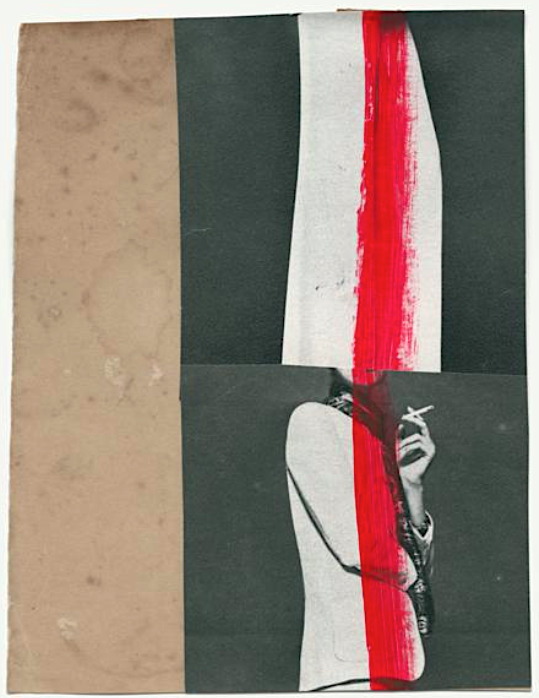
Katrien de Blauwer (BE, 1969)
"I’m a photographer without a camera"
Painted Scene 28 (2018)
She applies old and worn materials very sparingly for her exceptional pieces of art!
Using magazine images from the 1920s until the 60s, De Blauwer cuts, reframes, pastes them together with others, or with monochrome strips from those same magazines. A spontaneous process, kindred to the methods of surrealist painters [setting free the subconscious]
[ she makes me appreciate surrounding space too ]
https://www.katriendeblauwer.com/work/scenes
https://ocula.com/artists/katrien-de-blauwer/
https://www.gallery51.com/artist/katrien-de-blauwer/
#Katrien de Blauwer#master#cut#magazine#analogue#collage#technique#conceptual#minimal#articles#overpaint#dream
41 notes
·
View notes
Text
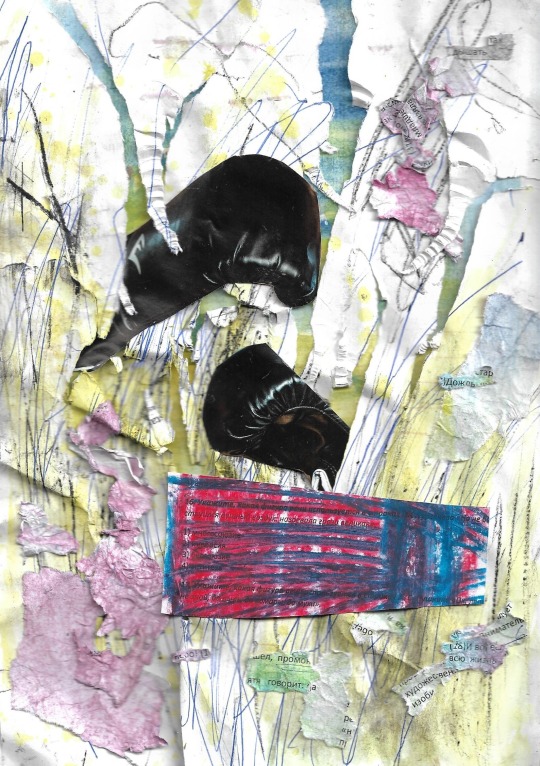
stifling air was flowing: a great storm was brewing
7 notes
·
View notes